Homeschooling offers a unique opportunity for parents to provide a personalized learning experience for their children. One subject that can be both fun and educational is music. However, teaching music at home requires the right tools, resources, and strategies to ensure that students are not only learning but truly enjoying the process. Whether you're just starting out or looking to enhance your current program, incorporating the best music resources and music teacher supplies will make all the difference. In this blog, we will explore key elements of an effective homeschool music program, including ideas for a general music class, 1st grade music lesson plans, and how to create engaging homeschool music lessons for your child.

The Importance of Music Education in Homeschooling
Music education offers far more than just learning to play an instrument or sing. It enhances cognitive development, fosters creativity, and builds essential skills like discipline and focus. For homeschool parents, music resources serve as the foundation for a music program that promotes holistic growth. A strong music curriculum helps develop a childÕs ability to think critically, appreciate different cultures, and connect emotionally with the world around them.
Starting with a general music class provides a broad introduction to the various aspects of music, including rhythm, melody, harmony, and music history. For younger students, such as those in 1st grade, a music class can include fun, hands-on activities that teach the basics in an engaging way. Through singing, clapping, and using simple instruments, children can begin to develop a solid musical foundation. The key to success in homeschool music lessons is finding the right resources and supplies to support both teaching and learning.
Utilizing Music Resources to Enhance Learning
When it comes to building a comprehensive music curriculum, music resources are essential. These resources can range from books and worksheets to digital tools and interactive activities. For parents new to teaching music, there are a variety of options to choose from, including:
- Lesson plans: Structured lesson plans provide a clear outline of what to teach and when. A good lesson plan includes objectives, activities, and methods for assessing student progress.
- Educational books: Many books on music theory and history are tailored specifically for young learners, making complex topics easy to digest.
- Interactive tools: Websites and apps designed to teach music can be a fun, engaging way to reinforce learning. Many of these tools offer exercises in rhythm, pitch recognition, and even music composition.
- Songs and sheet music: Using popular songs or original compositions can make music lessons more relatable and enjoyable for young students. Sheet music, either simple or more complex, provides a tangible way for students to practice their skills.
These music resources can help build a well-rounded general music class that keeps students engaged while they explore the world of music.
Organizing Effective Homeschool Music Lessons
Creating a fun and educational music experience at home requires careful planning and organization. One of the first steps in setting up your homeschool music lessons is determining the goals you want to achieve. Are you focusing on rhythm and movement, or are you introducing children to different musical instruments? Once you have a clear direction, itÕs time to gather the right music teacher supplies.
Music teacher supplies can include everything from simple instruments, such as tambourines or maracas, to more advanced tools like xylophones or keyboards. These supplies enable children to learn by doing, which is crucial for developing their musical skills. Even in a homeschool setting, interactive learning can happen when children are given the opportunity to explore instruments and create music on their own.
Additionally, having a variety of music resources at your disposal allows you to switch up lessons and keep them exciting. A typical homeschool music lesson might include:
Warm-up activities: Start with a rhythm exercise, a fun song, or an engaging musical game to get the students moving and focused.
Theory-based learning: Introduce a concept like pitch, note values, or time signatures. Use flashcards, interactive tools, or worksheets to reinforce this concept.
Instrument practice: Give the students a chance to play an instrument, whether it's a simple percussion instrument or a beginner-level piano.
Song performance: End the lesson by practicing a song together, allowing children to apply what theyÕve learned.
By incorporating these elements, homeschool music lessons can become a dynamic and enjoyable experience for children.
Crafting 1st Grade Music Lesson Plans
When planning 1st grade music lesson plans, it's important to focus on the basics while keeping the lessons lighthearted and fun. At this age, children are just beginning to explore music, so lessons should focus on rhythm, pitch, and the basic concepts of music. Incorporating hands-on activities will help them develop these skills in an interactive way. HereÕs an example of a typical 1st grade music lesson plan:
Introduction to rhythm: Begin with clapping along to simple beats or using instruments like tambourines or drums. This helps kids understand the concept of timing and rhythm.
Pitch and melody: Introduce high and low sounds through singing or using pitched instruments like xylophones. You can play a short melody and have the child repeat it back to you.
Movement and dance: Incorporating movement into music can help children internalize rhythms and melodies. Use simple songs with actions or create your own songs with corresponding movements.
Storytelling through music: Read a short story and have the children create sound effects or musical accompaniment using instruments. This develops their creativity and helps them connect music to other aspects of learning.
The key to successful 1st grade music lesson plans is simplicity, fun, and repetition. By using a variety of engaging activities, children will begin to grasp the basic elements of music in a way that is accessible and enjoyable.
Integrating Music Teacher Supplies into the Classroom
Every general music class needs the right music teacher supplies to keep students engaged and actively involved in learning. For younger children, simple instruments like maracas, tambourines, and rhythm sticks can be a great way to get them interacting with the music. These instruments are easy to use and perfect for developing motor skills and understanding rhythm.

For more advanced students, consider incorporating additional tools such as keyboards, recorders, or even a basic ukulele. These instruments can be a stepping stone for children who want to explore more complex musical ideas.
Beyond instruments, music teacher supplies also include things like dry-erase boards for notation exercises, a metronome for timing practice, and a simple recording device to capture performances. Having these supplies on hand ensures that you can provide a rich, well-rounded music education in the comfort of your home.
Conclusion
Homeschooling offers a wonderful opportunity to tailor your childÕs music education to their individual needs and interests. By utilizing the right music resources, gathering essential music teacher supplies, and creating thoughtful 1st grade music lesson plans, you can ensure that your child not only learns music but also enjoys the process. Companies like Apollo Publishing LLC provide a wide range of resources designed to help parents create fun, educational, and engaging homeschool music lessons. With the right tools and materials, you can help your child develop a lifelong love for music while building essential skills that extend far beyond the music room.
Incorporating music into your homeschool program is a rewarding journey that provides countless benefits for your childÕs cognitive and emotional growth. So, gather your music resources and start creating a music-rich learning environment today!
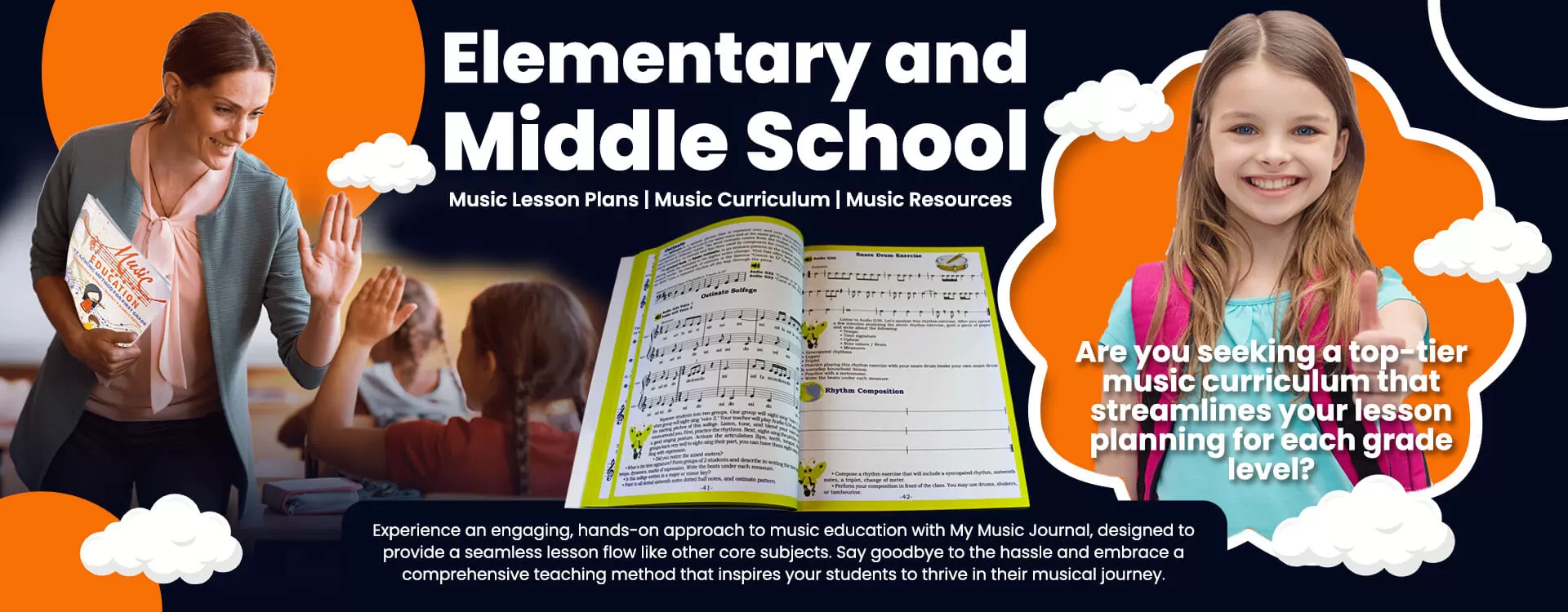
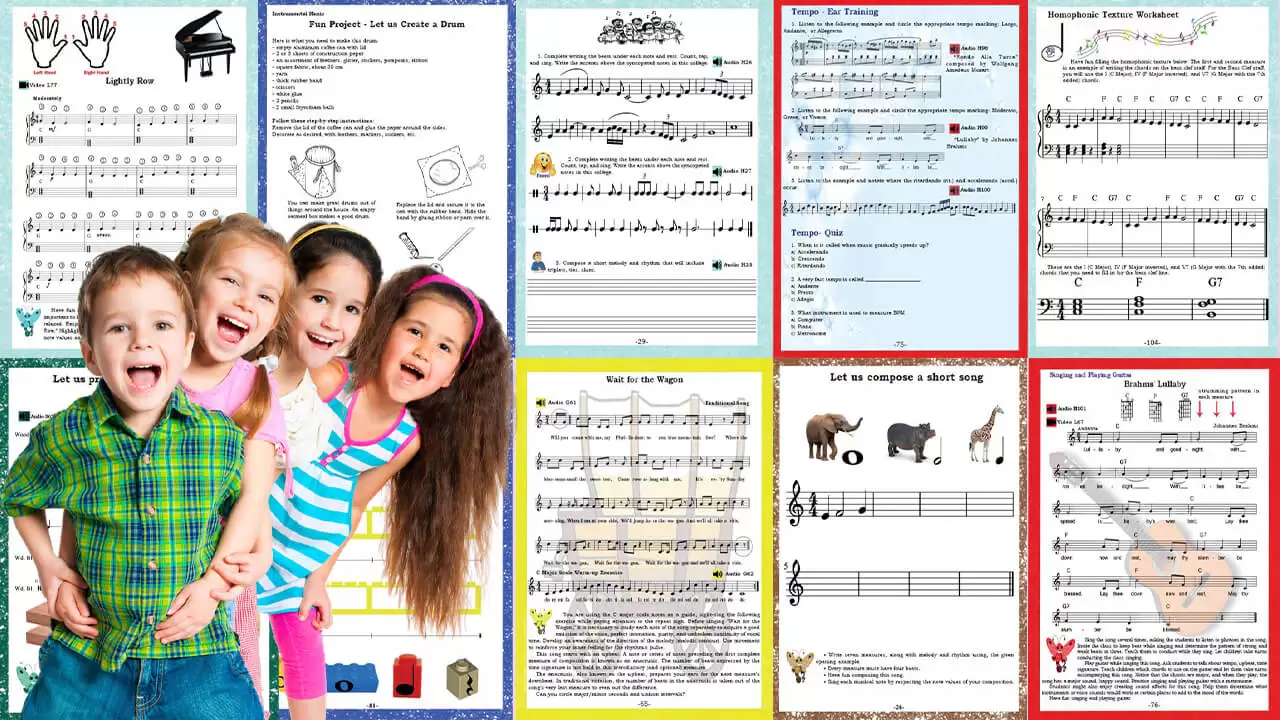

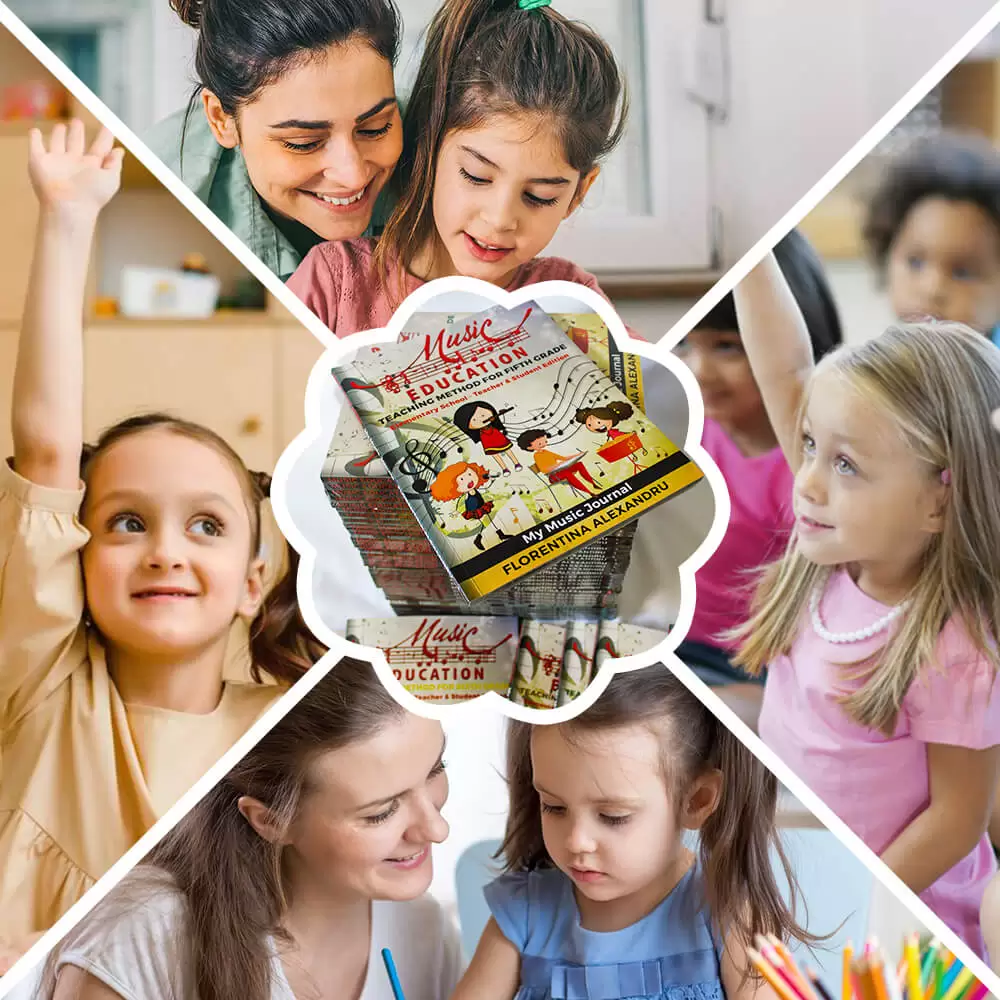
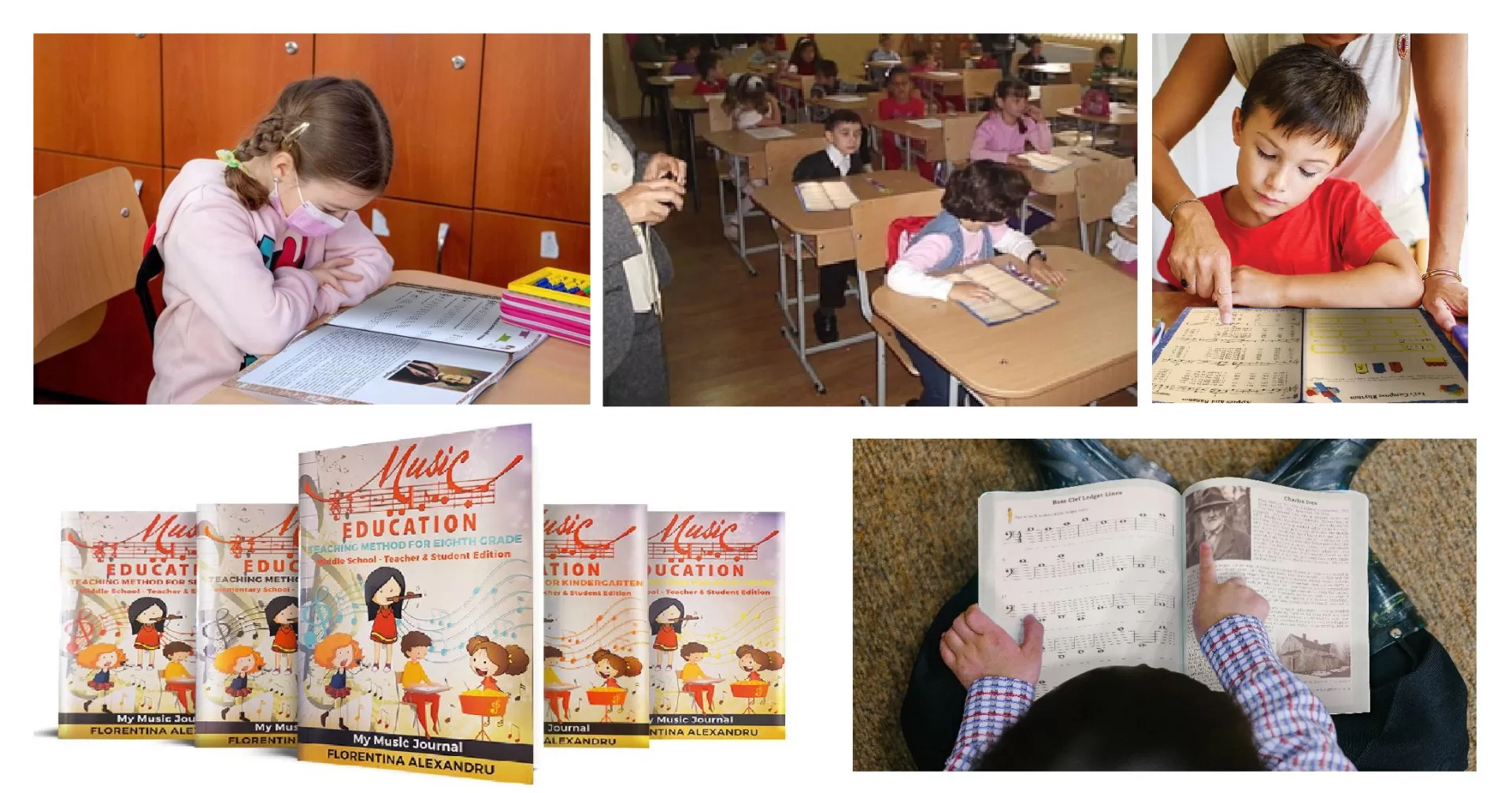


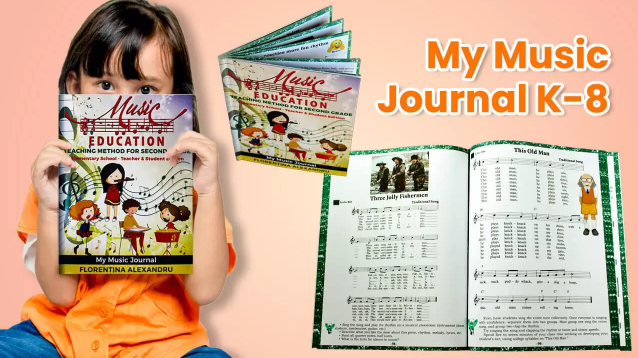
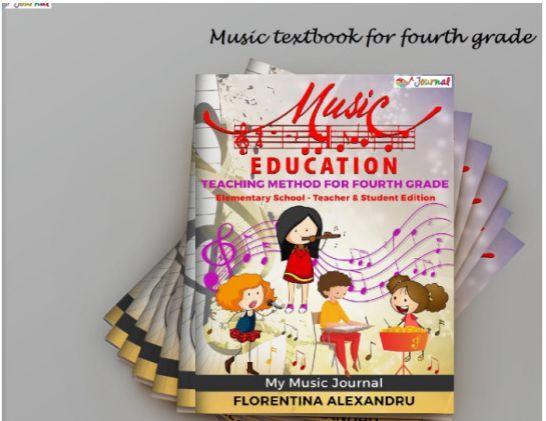
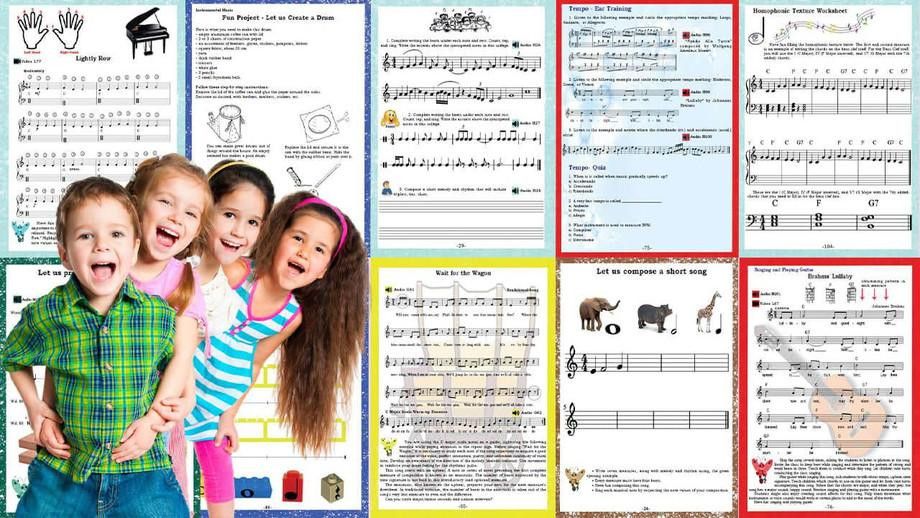
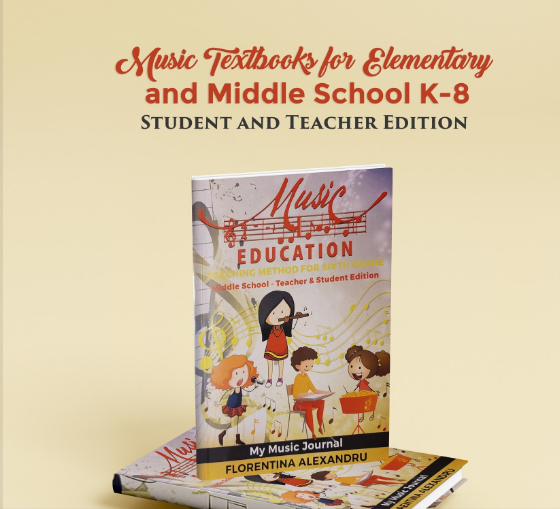



.png)
